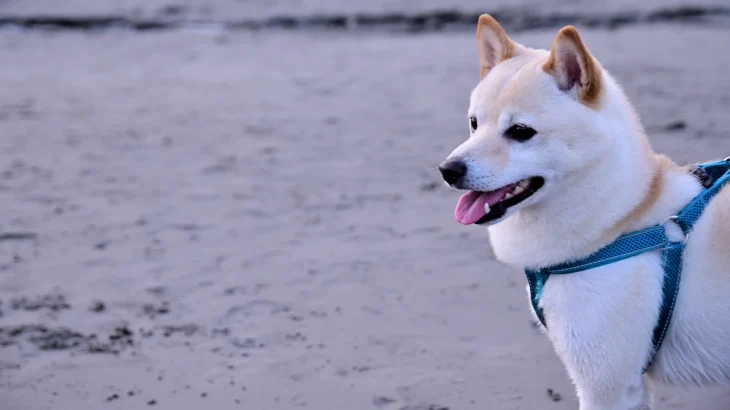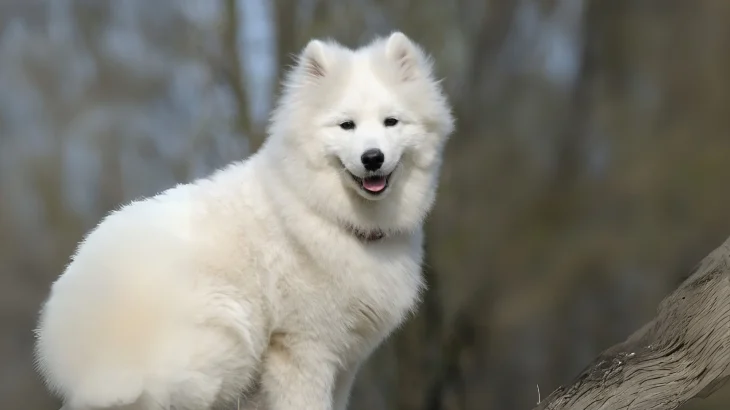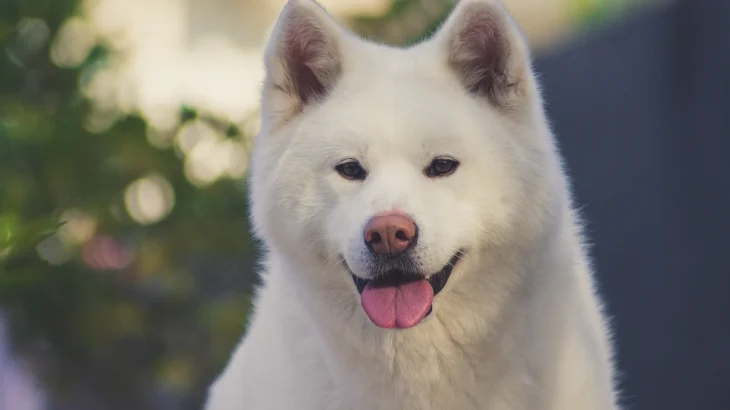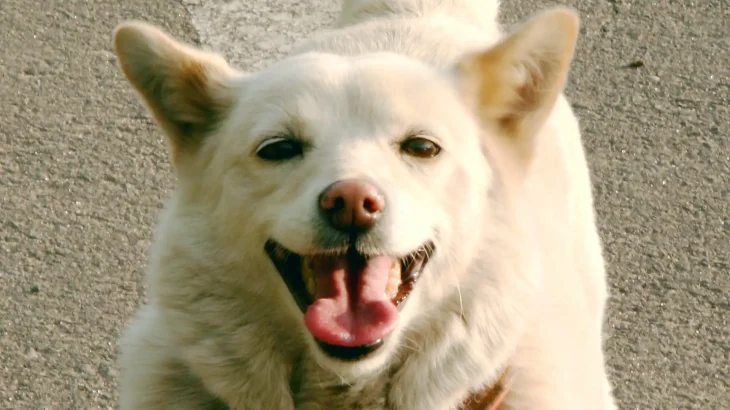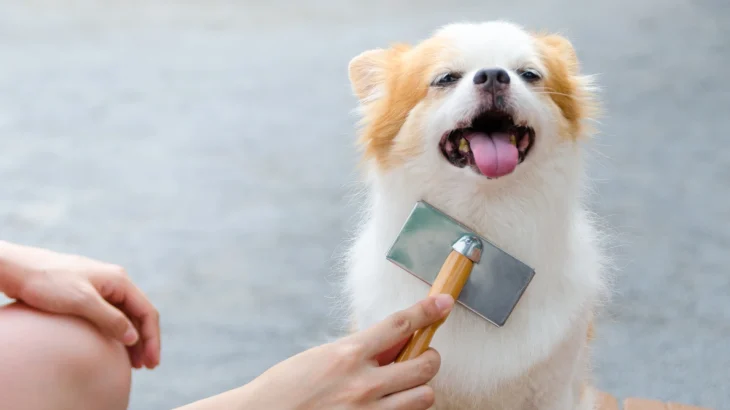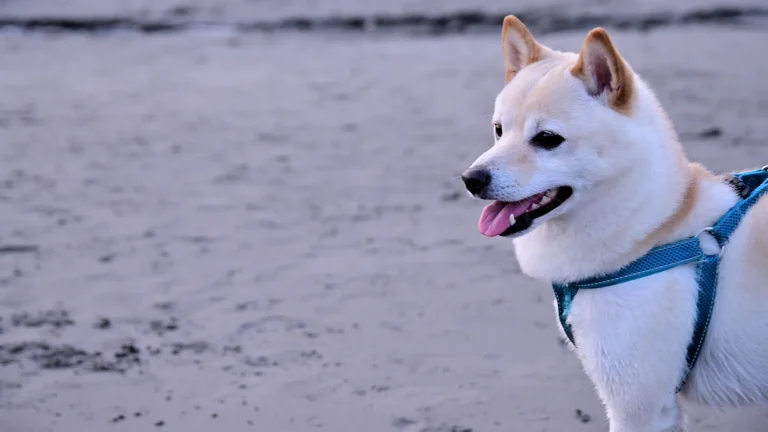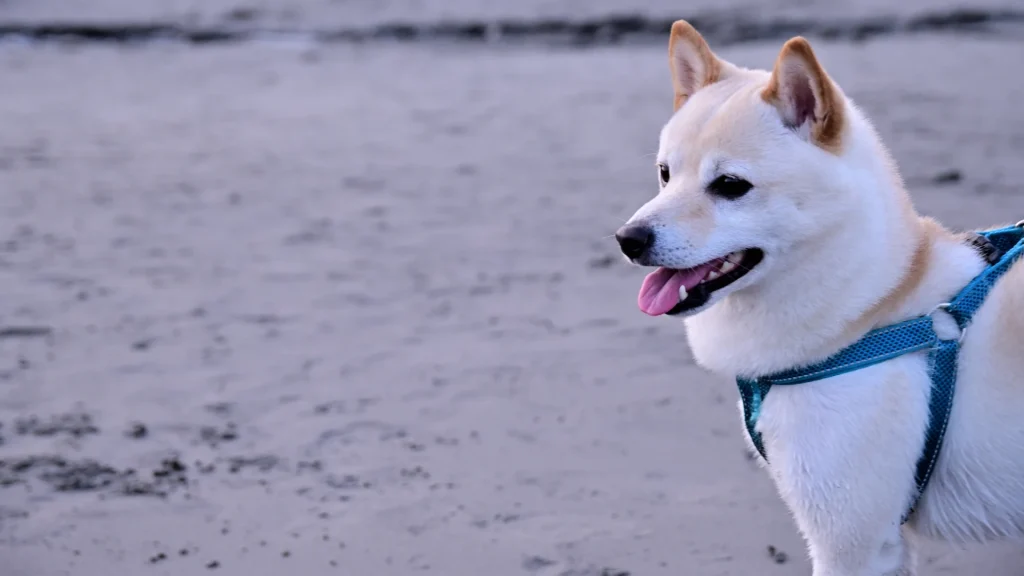Deciding between adopting or purchasing a Hokkaido Dog puppy depends largely on your priorities regarding health guarantees, cost, and ethical considerations. Buying from a breeder typically offers more clarity on the dog's lineage and health, while adopting supports giving a home to dogs in need, often at a lower cost.
| Criteria | Buying from Breeder | Adopting from Shelter/Rescue |
|---|---|---|
| Cost | Generally higher, reflecting pedigrees and breeder expenses. | Lower fees or donations, making it more accessible financially. |
| Health History | Comprehensive health records, screenings for genetic disorders. | Often limited or unknown; basic health checks usually performed. |
| Age Availability | Mostly puppies, allowing for early bonding and training. | Varied ages including adults; less choice for specific age preferences. |
| Temperament Insight | Breeder can provide lineage-based temperament information. | Temperament is observed but previous history may be unclear. |
| Supporting Practices | Supports breeders focused on maintaining breed standards and purity. | Supports animal welfare and reduces shelter overcrowding. |
| Breed Purity & Pedigree | Guaranteed purebred with documented pedigree. | May have mixed lineage; purebreds less common. |

